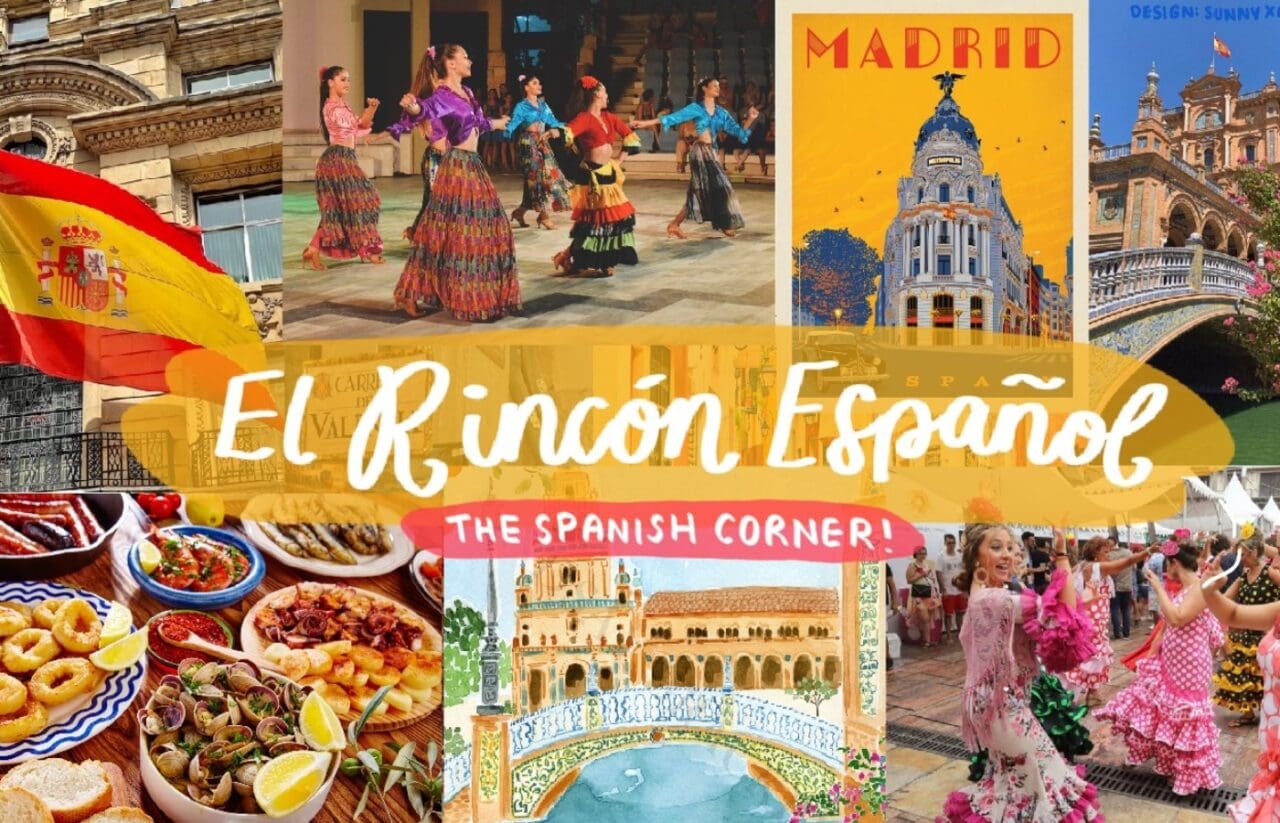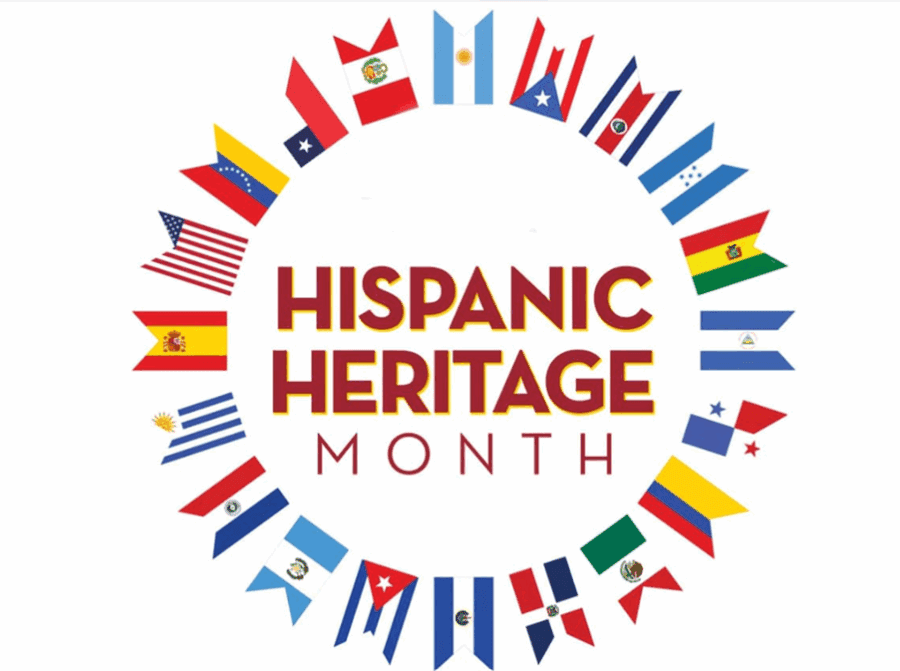“51 interesting facts about the Hispanic world”
The Hispanic world is vast and diverse, encompassing a large number of countries and cultures, each with its own history and traditions. From the Iberian Peninsula to Latin America and the Caribbean, the Hispanic legacy has left an indelible mark on world literature, art, music, and gastronomy. Below, we present a list of unique curiosities about this fascinating cultural universe that will surely surprise you and invite you to learn more about these countries and their people.
• Spain is the third country in the world with the most UNESCO World Heritage Sites.
• The Spanish language is the second most spoken language in the world as a mother tongue, after Mandarin Chinese.
• The National Autonomous University of Mexico (UNAM) is one of the largest universities in the world, with more than 350,000 students.
• The Sagrada Familia in Barcelona, designed by Antoni Gaudí, has been under construction since 1882 and is still not finished.
• Colombian writer Gabriel García Márquez won the Nobel Prize in Literature in 1982.
• Tango, one of the most sensual and complex dances in the world, originated in the slums of Buenos Aires, Argentina.
• Chocolate was introduced to Europe by the Spaniards after the conquest of Mexico.
• The Alhambra in Granada, Spain, is an extraordinary example of Islamic architecture and one of the most visited tourist attractions in the country.
• The Day of the Dead, celebrated in Mexico, is recognised by UNESCO as Intangible Cultural Heritage of Humanity.
• In the Hispanic world, the quinceañera party celebrates a girl’s passage into adulthood when she turns 15.
• The Camino de Santiago is one of the most important pilgrimage routes in Europe, with more than a thousand years of history.
• The city of Machu Picchu in Peru is one of the New Seven Wonders of the World.
• The Spanish language has more than 400 million speakers worldwide.
• Paella, one of the most emblematic dishes of Spanish cuisine, originated in the region of Valencia.
• Chile is the longest country in the world, stretching over 4,300 kilometers.
• Flamenco music is an artistic expression from Andalusia, Spain, combining singing, dancing, and guitar.
• The city of Buenos Aires has the widest avenue in the world, Avenida 9 de Julio, which is 140 meters wide.
• The Salar de Uyuni in Bolivia is the largest salt desert in the world.
• The San Fermín Festival in Pamplona, Spain, is famous for its bull runs.
• The Palafoxiana Library in Puebla, Mexico, is the oldest public library in the Americas, founded in 1646.
• The Plaza de Toros de la Real Maestranza in Seville is one of the oldest and most iconic bullrings in Spain.
• Mount Aconcagua in Argentina is the highest mountain in the Americas at 6,959 meters.
• The Panama Canal, one of the most important engineering works in the world, connects the Atlantic Ocean with the Pacific Ocean.
• Chilean writer Pablo Neruda won the Nobel Prize in Literature in 1971.
• The city of Cartagena in Colombia is known for its well-preserved historic centre and fortifications.
• Spanish architect Santiago Calatrava is known for his futuristic structures and iconic bridges worldwide.
• The Guaraní language, along with Spanish, is an official language in Paraguay.
• The Oruro Carnival in Bolivia is one of the most important folkloric festivals in South America and is a UNESCO World Heritage Site.
• La Rambla in Barcelona is one of the most famous and busiest streets in Spain.
• The Cotopaxi volcano in Ecuador is one of the highest active volcanoes in the world.
• Pisco Sour is the national drink of Peru and Chile, although both countries claim its origin.
• Mexico City sinks at a rate of approximately 10 centimetres per year.
• The Alhambra in Granada has inspired numerous poets and artists, including Washington Irving.
• Guacamole, a traditional Mexican dish, dates back to the Aztec era.
• The city of Valparaíso in Chile is famous for its colourful houses and street art.
• The Mexico City metro is one of the largest and cheapest in the world.
• The Battle of Puebla, celebrated on May 5th, commemorates the victory of the Mexican army over French forces in 1862.
• Easter Island in Chile is famous for its moai, large stone statues.
• Spanish painter Pablo Picasso is considered one of the most influential artists of the 20th century.
• The Jarabe Tapatío dance is considered Mexico’s national dance.
• The Atacama in Chile is the driest non-polar desert in the world.
• The city of Cusco in Peru was the capital of the Inca Empire.
• Salsa, a musical and dance genre, originated in the Caribbean, mainly in Cuba and Puerto Rico.
• Mate is a traditional infusion in Argentina, Uruguay, and Paraguay.
• The city of Toledo in Spain is known for its production of swords and knives.
• Ceviche is a Peruvian dish made from raw fish marinated in lemon juice.
• The city of Santo Domingo in the Dominican Republic is the first city founded in the Americas by Europeans.
• Cumbia is a musical genre that originated in Colombia and has spread throughout Latin America.
• The island of Ibiza in Spain is world-famous for its nightlife and clubs.
• Patagonia, shared by Argentina and Chile, is one of the most pristine and beautiful regions on the planet.
• The marimba is a traditional percussion instrument in Guatemala.
The diversity and richness of the Hispanic world is truly fascinating. From its impressive historical and cultural heritage to its remarkable influence on gastronomy and music, each fact highlights a unique facet of this vibrant global community. Exploring and learning about these facts not only brings us closer to its traditions and customs but also allows us to appreciate the depth and diversity of the Hispanic heritage.

